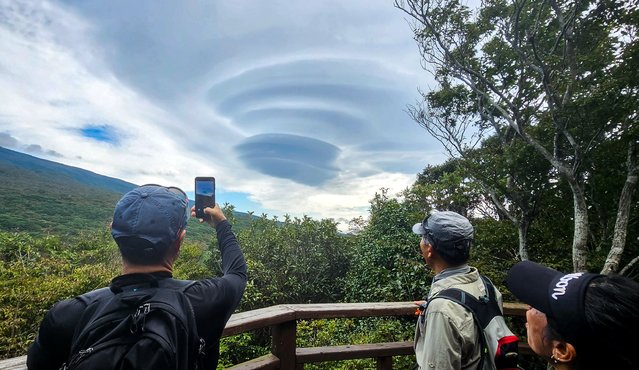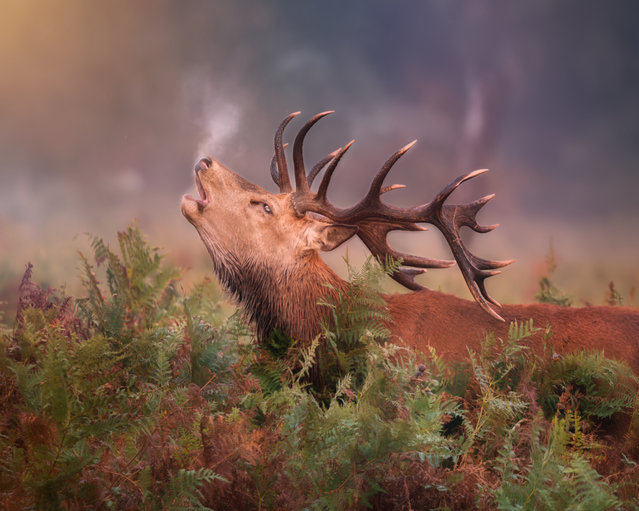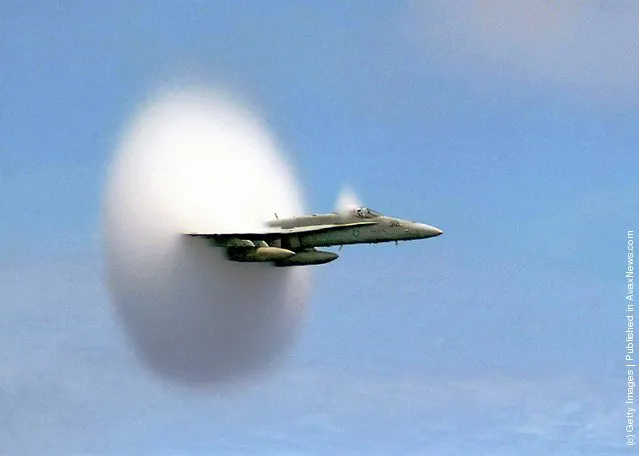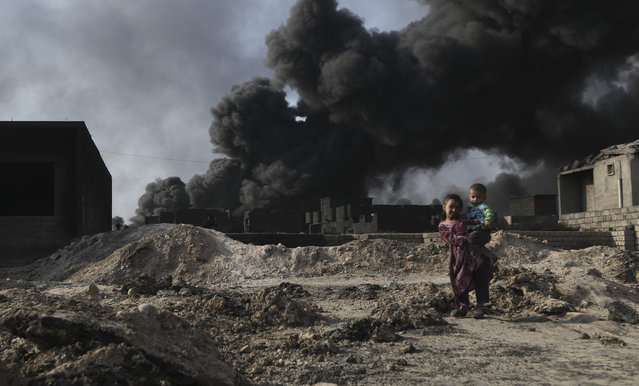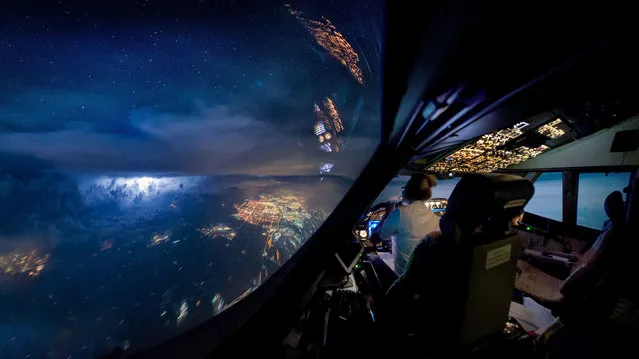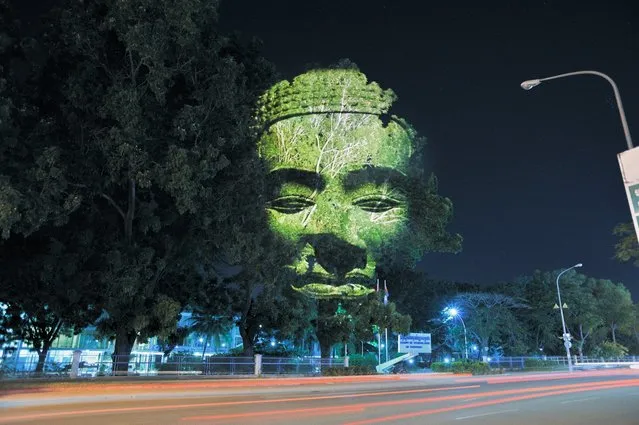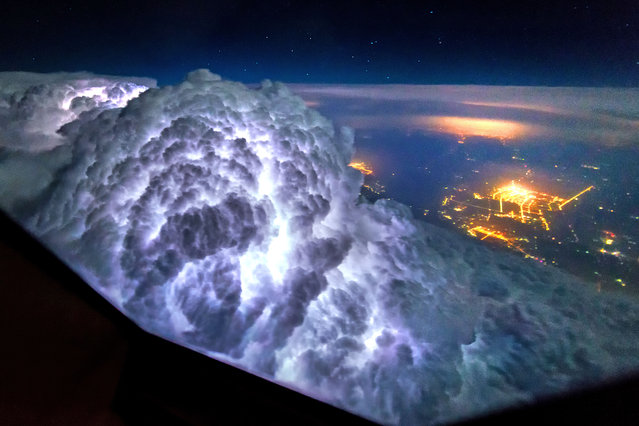
Canadian fashion model Winnie Harlow at Atlantis The Royal's Dolce&Gabbana x Ounass takeover at Cloud 22 on October 05, 2025 in Dubai, United Arab Emirates. (Photo by Cedric Ribeiro/Getty Images for Atlantis The Royal/ Dolce&Gabbana x Ounass)
23 Oct 2025 04:05:00,post received
0 comments

